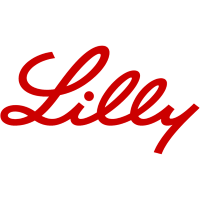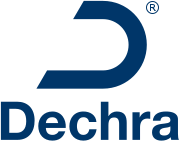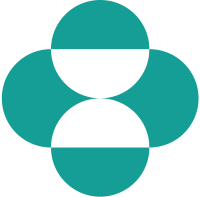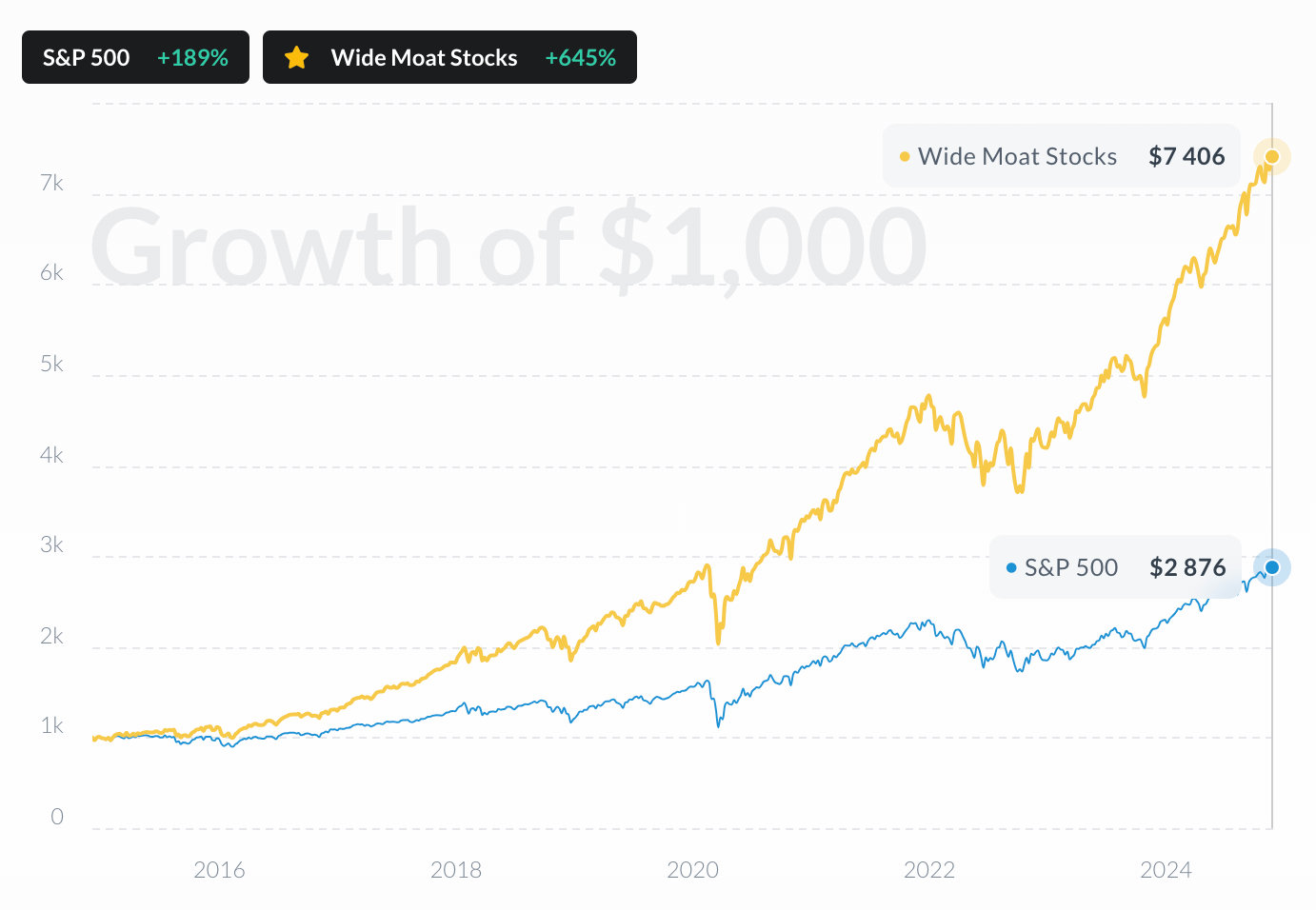
Johnson & Johnson
NYSE:JNJ

Gross Margin
Johnson & Johnson
Gross Margin is the amount of money a company retains after incurring the direct costs associated with producing the goods it sells and the services it provides. The higher the gross margin, the more capital a company retains, which it can then use to pay other costs or satisfy debt obligations.
Gross Margin Across Competitors
| Country | Company | Market Cap |
Gross Margin |
||
|---|---|---|---|---|---|
| US |

|
Johnson & Johnson
NYSE:JNJ
|
370.4B USD |
68%
|
|
| US |

|
Eli Lilly and Co
NYSE:LLY
|
789.3B USD |
81%
|
|
| UK |

|
Dechra Pharmaceuticals PLC
LSE:DPH
|
440.4B GBP |
56%
|
|
| DK |

|
Novo Nordisk A/S
CSE:NOVO B
|
1.9T DKK |
85%
|
|
| CH |

|
Roche Holding AG
SIX:ROG
|
205.2B CHF |
74%
|
|
| CH |

|
Novartis AG
SIX:NOVN
|
182.5B CHF |
75%
|
|
| UK |

|
AstraZeneca PLC
LSE:AZN
|
157.8B GBP |
82%
|
|
| US |

|
Merck & Co Inc
NYSE:MRK
|
197.8B USD |
81%
|
|
| IE |
E
|
Endo International PLC
LSE:0Y5F
|
162.4B USD |
68%
|
|
| FR |

|
Sanofi SA
PAR:SAN
|
113B EUR |
70%
|
|
| US |

|
Pfizer Inc
NYSE:PFE
|
126.6B USD |
74%
|
Johnson & Johnson
Glance View
Founded in 1886, Johnson & Johnson began its journey with a commitment to revolutionizing healthcare, starting with the sterile surgical dressings it produced to reduce infections in hospitals. Over the decades, this vision expanded into a global healthcare powerhouse, intricate in its operation yet unified in its mission to improve lives. Johnson & Johnson's business model is built on three core segments: pharmaceuticals, medical devices, and consumer health products. Each segment harnesses the synergy of innovation, research, and a deep understanding of customer needs. The pharmaceutical division, one of its most robust, thrives on producing treatments for various medical conditions, including immunology, oncology, and neuroscience. It is in this domain that cutting-edge research and development efforts translate into high-margin therapies, driving substantial portions of the company's revenue. Beyond pharmaceuticals, the medical devices segment forms a pillar of Johnson & Johnson's operations, offering a spectrum of products essential for surgeries, orthopedics, and vision care. These devices are integral for modern healthcare practices, with their premium positioning contributing significantly to the company’s financial health. Meanwhile, Johnson & Johnson's consumer health division addresses everyday wellness needs, with iconic brands like Band-Aid, Tylenol, and Neutrogena. This segment leverages global brand recognition and trust to generate steady, albeit lower-margin, income streams. Together, these segments compose a diversified revenue platform, buffered against sector-specific downturns and positioning Johnson & Johnson as a formidable entity in global healthcare markets.

See Also
Gross Margin is the amount of money a company retains after incurring the direct costs associated with producing the goods it sells and the services it provides. The higher the gross margin, the more capital a company retains, which it can then use to pay other costs or satisfy debt obligations.
Based on Johnson & Johnson's most recent financial statements, the company has Gross Margin of 68.4%.















































 You don't have any saved screeners yet
You don't have any saved screeners yet